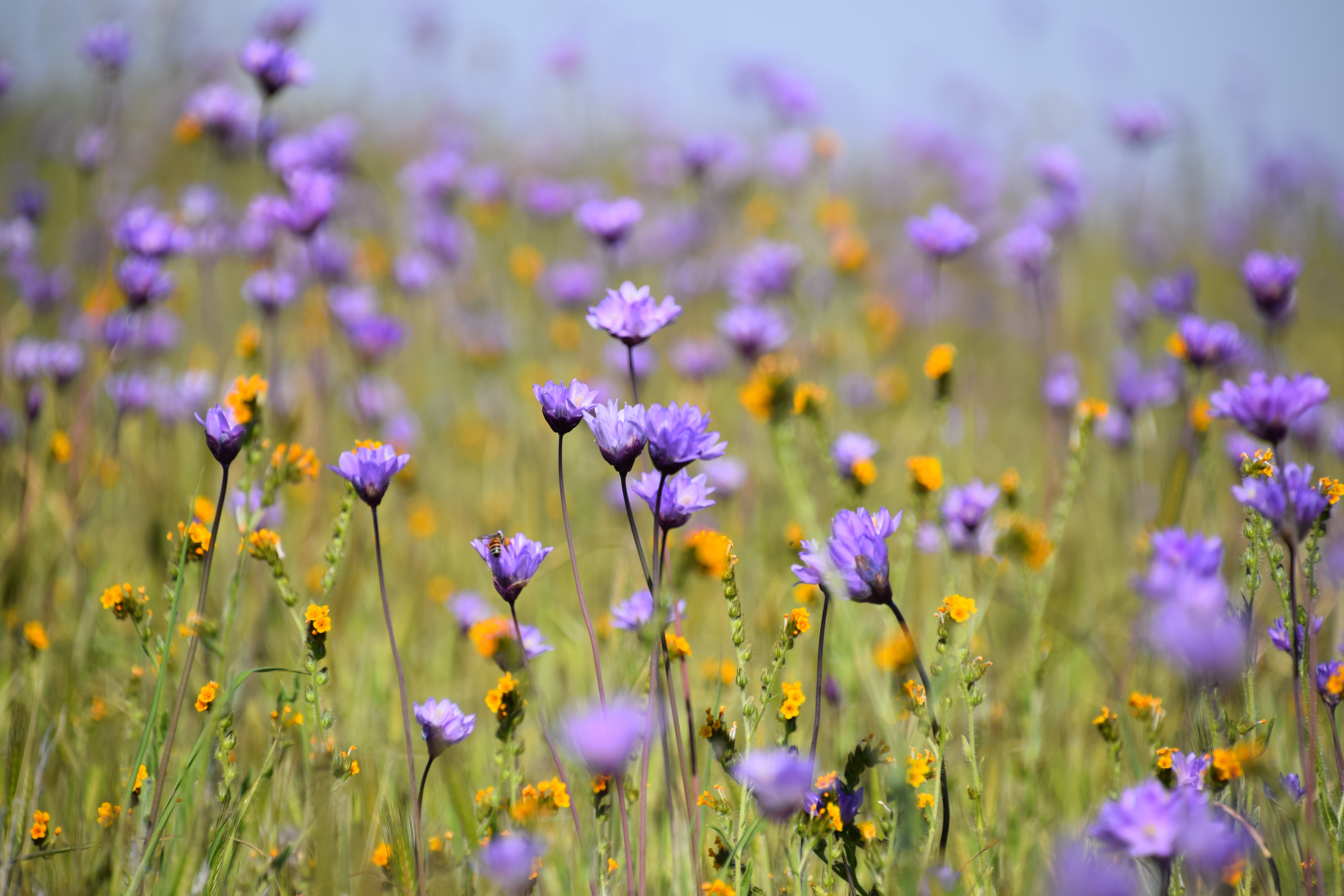“Awareness and presence in nature places us back in our body.” — Matt Sykes
We all know the rejuvenating benefits of a hike in the forest, swim in the sea or afternoon nap on a sunny patch of grass. Spending time in nature is a powerful way to nurture your wellbeing, and is a practice we explore in Being’s Mindfulness Workbook through practical exercises and journalling prompts.
From boosting your mood to reducing stress and enhancing your attention, research is continuing to show the benefits of spending time in green spaces. We can turn to nature to feel replenished. Connecting with nature gives your mind the freedom to flow from one sensory experience to the other, from the drifting clouds in the sky above to the feeling of the soft grass beneath your feet.
“Being present and feeling a deep oneness with everything around you,” is how Matt Sykes, former luxury bushwalk guide in Tasmania and founder of Melbourne-based consultancy Regeneration Projects, describes connecting with nature. “It gives us the opportunity to listen to what’s really going on around us. The birds, the animals, water, people — everything is talking to us … Awareness and presence in nature places us back in our body, in touch with reality,” he shares.
“Earthing” — walking barefoot on natural surfaces such as soil, grass or sand — is a powerful way to connect with nature. The practice has many health benefits, from increasing antioxidants to reducing inflammation and enhancing both sleep and immune function, with growing research exploring the way our bodies interact with Mother Nature.
Another way to mindfully connect with nature is through the practice of “grounding”. The next time you’re in nature, feel your body as it meets the earth — perhaps you’re sitting down on some grass or walking on the beach. Notice the sounds, smells, sights and textures. Tune into how you feel, moment to moment. Notice your breath, and the way this natural environment may be supporting it.




